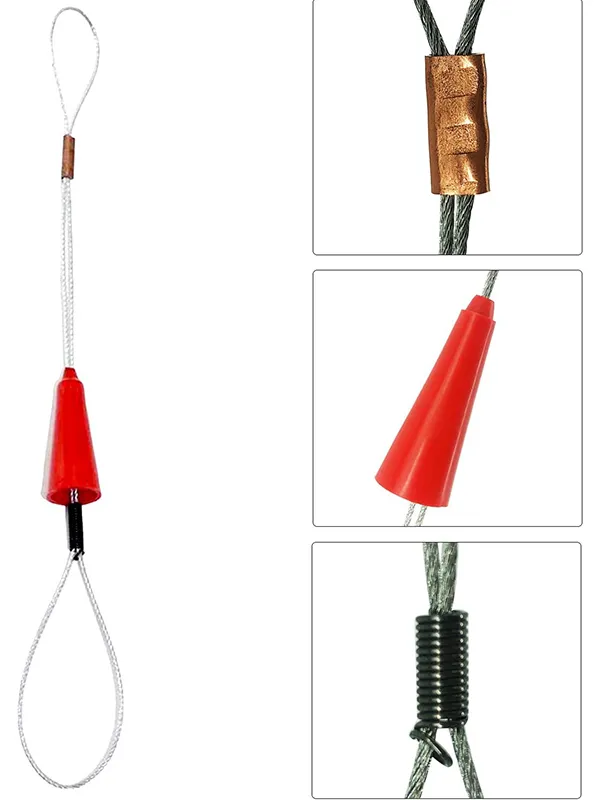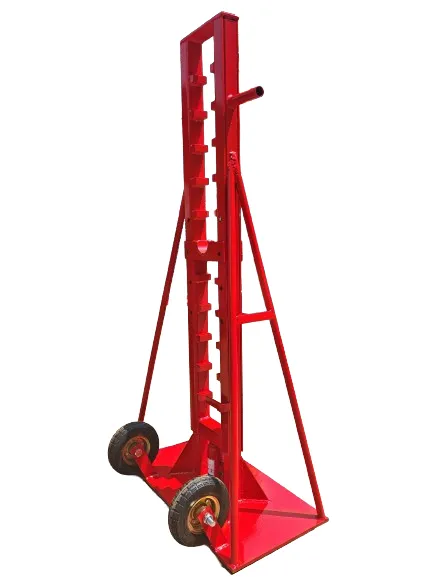
-
 Afrikaans
Afrikaans -
 Albanian
Albanian -
 Amharic
Amharic -
 Arabic
Arabic -
 Armenian
Armenian -
 Azerbaijani
Azerbaijani -
 Basque
Basque -
 Belarusian
Belarusian -
 Bengali
Bengali -
 Bosnian
Bosnian -
 Bulgarian
Bulgarian -
 Catalan
Catalan -
 Cebuano
Cebuano -
 Corsican
Corsican -
 Croatian
Croatian -
 Czech
Czech -
 Danish
Danish -
 Dutch
Dutch -
 English
English -
 Esperanto
Esperanto -
 Estonian
Estonian -
 Finnish
Finnish -
 French
French -
 Frisian
Frisian -
 Galician
Galician -
 Georgian
Georgian -
 German
German -
 Greek
Greek -
 Gujarati
Gujarati -
 Haitian Creole
Haitian Creole -
 hausa
hausa -
 hawaiian
hawaiian -
 Hebrew
Hebrew -
 Hindi
Hindi -
 Miao
Miao -
 Hungarian
Hungarian -
 Icelandic
Icelandic -
 igbo
igbo -
 Indonesian
Indonesian -
 irish
irish -
 Italian
Italian -
 Japanese
Japanese -
 Javanese
Javanese -
 Kannada
Kannada -
 kazakh
kazakh -
 Khmer
Khmer -
 Rwandese
Rwandese -
 Korean
Korean -
 Kurdish
Kurdish -
 Kyrgyz
Kyrgyz -
 Lao
Lao -
 Latin
Latin -
 Latvian
Latvian -
 Lithuanian
Lithuanian -
 Luxembourgish
Luxembourgish -
 Macedonian
Macedonian -
 Malgashi
Malgashi -
 Malay
Malay -
 Malayalam
Malayalam -
 Maltese
Maltese -
 Maori
Maori -
 Marathi
Marathi -
 Mongolian
Mongolian -
 Myanmar
Myanmar -
 Nepali
Nepali -
 Norwegian
Norwegian -
 Norwegian
Norwegian -
 Occitan
Occitan -
 Pashto
Pashto -
 Persian
Persian -
 Polish
Polish -
 Portuguese
Portuguese -
 Punjabi
Punjabi -
 Romanian
Romanian -
 Russian
Russian -
 Samoan
Samoan -
 Scottish Gaelic
Scottish Gaelic -
 Serbian
Serbian -
 Sesotho
Sesotho -
 Shona
Shona -
 Sindhi
Sindhi -
 Sinhala
Sinhala -
 Slovak
Slovak -
 Slovenian
Slovenian -
 Somali
Somali -
 Spanish
Spanish -
 Sundanese
Sundanese -
 Swahili
Swahili -
 Swedish
Swedish -
 Tagalog
Tagalog -
 Tajik
Tajik -
 Tamil
Tamil -
 Tatar
Tatar -
 Telugu
Telugu -
 Thai
Thai -
 Turkish
Turkish -
 Turkmen
Turkmen -
 Ukrainian
Ukrainian -
 Urdu
Urdu -
 Uighur
Uighur -
 Uzbek
Uzbek -
 Vietnamese
Vietnamese -
 Welsh
Welsh -
 Bantu
Bantu -
 Yiddish
Yiddish -
 Yoruba
Yoruba -
 Zulu
Zulu


TEL:
0086-311-88862036
Jan . 31, 2025 02:00 Back to list
underground wire puller
Navigating the world of underground wire pulling requires an understanding of the complexity and precision needed for such a task. Underground wire pullers are indispensable tools in the fields of telecommunication, electricity distribution, and construction. They allow professionals to install cables and wiring systems in environments where manual labor alone would pose substantial challenges. Through experience and expertise, these devices have evolved to drastically improve efficiency, safety, and cost-effectiveness.
On a larger scale, the role of underground wire pullers is authoritative in the sense that these tools dictate the logistics of major infrastructure projects. Their reliability and design advancements enable industry leaders to plan and execute projects with enhanced confidence. As urbanization continues to climb globally, the demand for robust, resilient subterranean wiring systems also rises, making these pullers invaluable. A study presented by industry research institutes has shown that projects utilizing modern wire pullers not only meet deadlines more consistently but also report a reduction in cable repair costs by up to 30%. Trustworthiness in underground wire pullers is established through rigorous testing and compliance with international safety standards. Reputable manufacturers subject their products to a battery of stress tests and obtain certifications from oversight bodies, ensuring that each unit performs under a range of conditions without fail. Users, therefore, can trust in the performance and safety assurances provided, making risk mitigation a natural byproduct of employing these devices. In conclusion, underground wire pullers are not merely tools; they are a critical component in the advancement of modern infrastructure, validated by years of practical experience, expert manipulation, and enhancements in mechanical authority. As cities continue to expand and require more resilient networks, the role of these pullers will only become more pronounced, illustrating their indispensable nature in contemporary society. By maintaining a commitment to innovation and adherence to stringent standards, these devices remain at the forefront of construction and engineering industries.


On a larger scale, the role of underground wire pullers is authoritative in the sense that these tools dictate the logistics of major infrastructure projects. Their reliability and design advancements enable industry leaders to plan and execute projects with enhanced confidence. As urbanization continues to climb globally, the demand for robust, resilient subterranean wiring systems also rises, making these pullers invaluable. A study presented by industry research institutes has shown that projects utilizing modern wire pullers not only meet deadlines more consistently but also report a reduction in cable repair costs by up to 30%. Trustworthiness in underground wire pullers is established through rigorous testing and compliance with international safety standards. Reputable manufacturers subject their products to a battery of stress tests and obtain certifications from oversight bodies, ensuring that each unit performs under a range of conditions without fail. Users, therefore, can trust in the performance and safety assurances provided, making risk mitigation a natural byproduct of employing these devices. In conclusion, underground wire pullers are not merely tools; they are a critical component in the advancement of modern infrastructure, validated by years of practical experience, expert manipulation, and enhancements in mechanical authority. As cities continue to expand and require more resilient networks, the role of these pullers will only become more pronounced, illustrating their indispensable nature in contemporary society. By maintaining a commitment to innovation and adherence to stringent standards, these devices remain at the forefront of construction and engineering industries.
Next:
Latest news
What Are Construction Tools and How Are They Used?
NewsJul.11,2025
Professional-Grade Duct Rodding Tools for Superior Cable Installation
NewsJul.11,2025
Enhancing Safety and Efficiency with Modern Hot Stick Solutions
NewsJul.11,2025
Empowering Cable Installation with Advanced Rodder Solutions
NewsJul.11,2025
Elevate Your Cable Installation Projects with Cable Pulling Tools
NewsJul.11,2025
Efficient Cable Handling Solutions: Cable Rollers for Sale
NewsJul.11,2025
Copyright © 2025 Shijiazhuang Bilo Import and Export Trading Co., Ltd. All Rights Reserved. Sitemap | Privacy Policy

BlLo lmport & Éxport is specialized in power and cable equipment andconsiruction tools,Qur main producis are FRP
duct rodder, cable rollerscable pulling winch, cable drum jack, cable pulling sock, etc.
Copyright © 2025 Shijiazhuang Bilo Import and Export Trading Co., Ltd. All Rights Reserved. Sitemap | Privacy Policy










